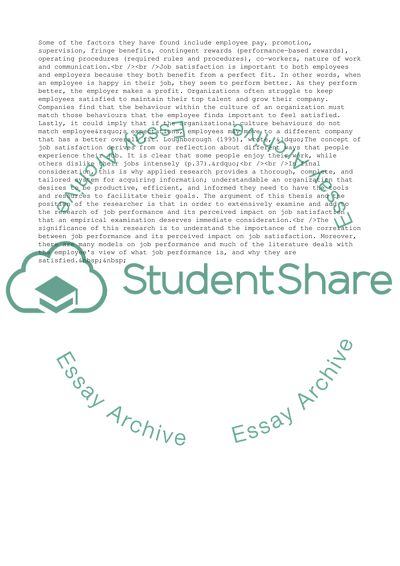Cite this document
(Job Performance and Its Impact on Job Satisfaction Thesis Proposal, n.d.)
Job Performance and Its Impact on Job Satisfaction Thesis Proposal. https://studentshare.org/management/1726952-job-satisfaction
Job Performance and Its Impact on Job Satisfaction Thesis Proposal. https://studentshare.org/management/1726952-job-satisfaction
(Job Performance and Its Impact on Job Satisfaction Thesis Proposal)
Job Performance and Its Impact on Job Satisfaction Thesis Proposal. https://studentshare.org/management/1726952-job-satisfaction.
Job Performance and Its Impact on Job Satisfaction Thesis Proposal. https://studentshare.org/management/1726952-job-satisfaction.
“Job Performance and Its Impact on Job Satisfaction Thesis Proposal”. https://studentshare.org/management/1726952-job-satisfaction.


